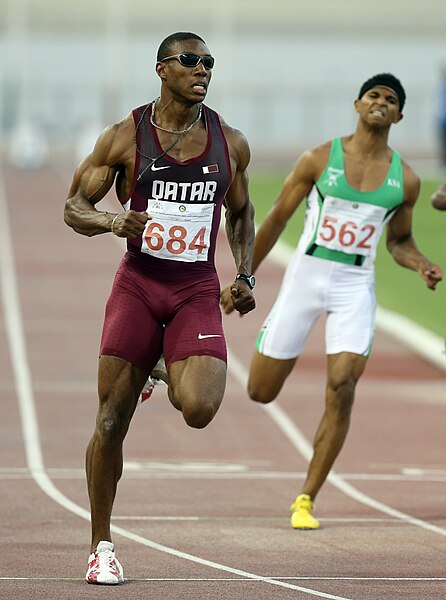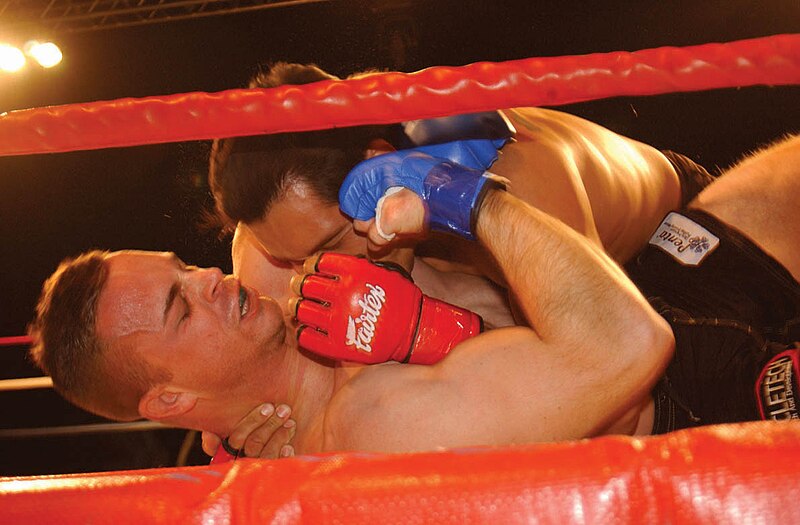Below is a pad-work drill we use at Raja Academy of Martial Arts here in Greenville, SC.
This is a Thai pad drill where the fighter is only allowed to throw kicks and knees (no punches allowed) and has to defend against the strikes of the pad holder. The drill is tough and is intended to build both mental and physical toughness as well as improve kick and knee volume in preparation for a fight. This makes it an especially good drill for those fighters who rely too much on their hands.
This is a Thai pad drill where the fighter is only allowed to throw kicks and knees (no punches allowed) and has to defend against the strikes of the pad holder. The drill is tough and is intended to build both mental and physical toughness as well as improve kick and knee volume in preparation for a fight. This makes it an especially good drill for those fighters who rely too much on their hands.










_5.jpg/800px-US_Navy_100514-N-0475R-578_Builder_2nd_Class_Eric_Clark,_from_Belding,_Mich.,_assigned_to_Naval_Mobile_Construction_Battalion_(NMCB)_5.jpg)






.jpg/533px-US_Navy_100307-N-7939W-014_Aviation_Electrician's_Mate_3rd_Class_Ryan_Jones_trains_with_a_punching_bag_aboard_the_aircraft_carrier_USS_Nimitz_(CVN_68).jpg)
